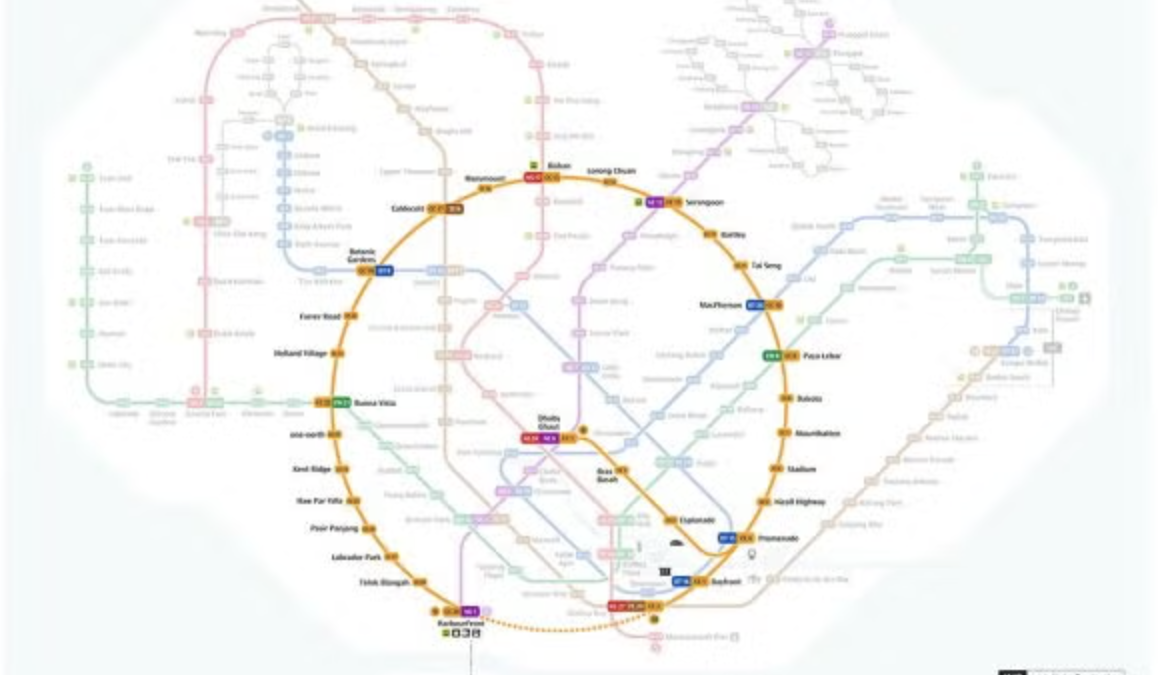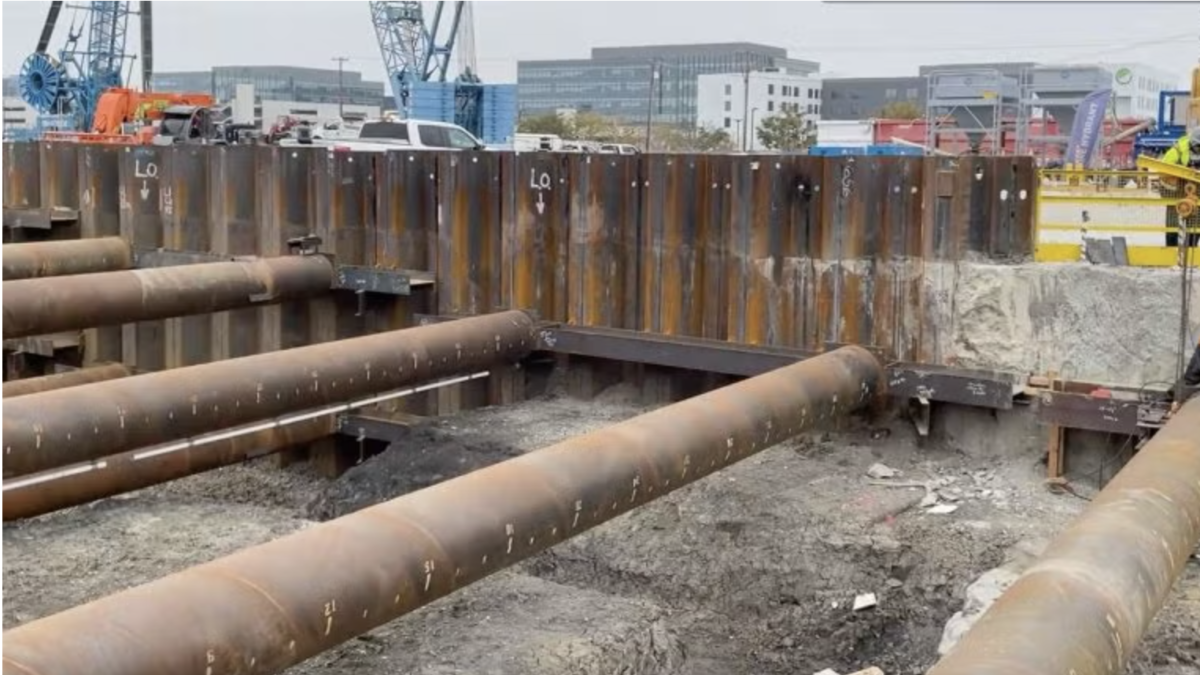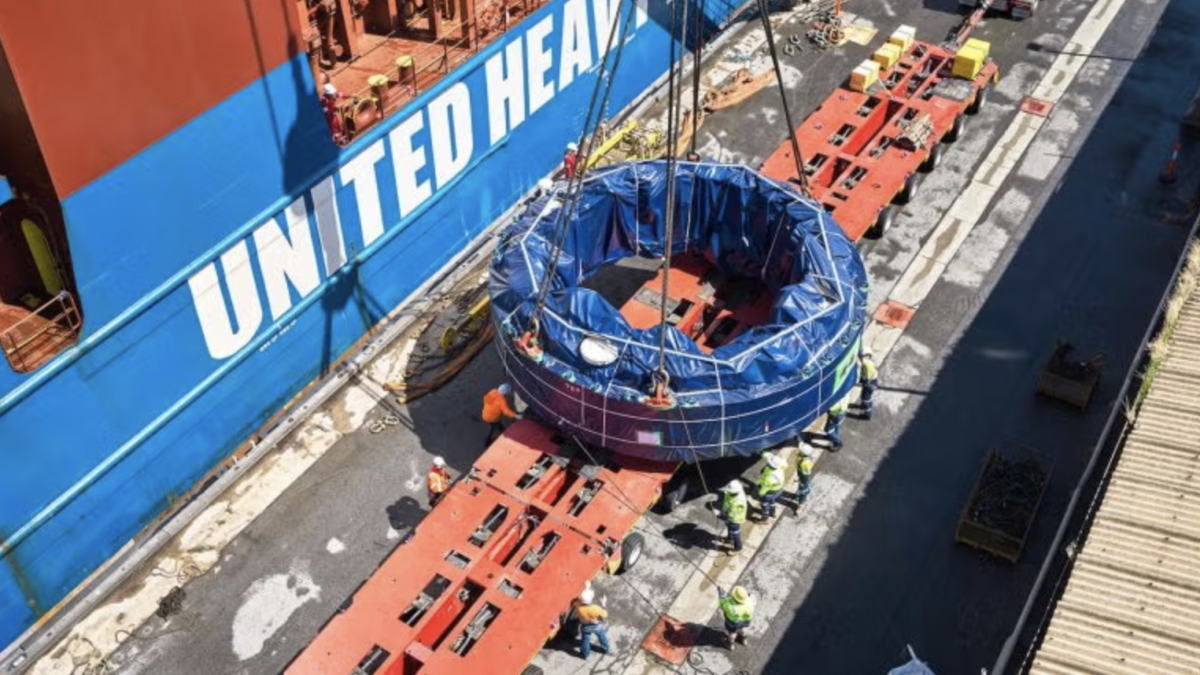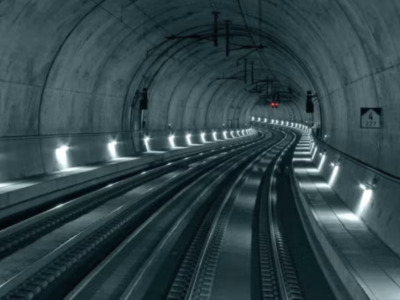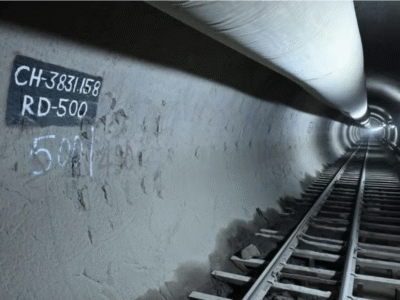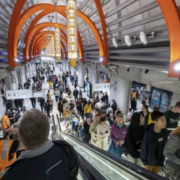
The National Gallery’s plan to construct a new basement wing looks set to move to the next stage after experts confirmed that it will not affect existing London Underground assets.
The new basement connection tunnel between Sainsbury Wing and Wilkins Building beneath Jubilee Walk next to Trafalgar Square is planned to enhance security and deliver more space for visitors entering the gallery.
It is part of a more comprehensive remodeling of the Sainsbury Wing at the National Gallery in London, which is planned to be finished ahead of its 200th-anniversary celebrations in 2024/25.
The National Gallery has declared that better circulation within the Sainsbury Wing lobby is required since the wing has become the only main entrance for the gallery, which sees over a thousand visitors an hour in peak summer times.
As declared, the new basement connection will be composed of an existing basement level within the Sainsbury Wing and built within a small diameter secant piled wall and by underpinning. Also, Keller will deliver the piling works.
In addition, works will contain remodeling of external gates, replacement glazing and adaption and enclosure of the loggia of the Sainsbury Wing.
On top of this, alterations and part removal of railings, lawn and wall, with a new entrance on Trafalgar Square to the Research Centre and Members Room, are external alterations to the Wilkins Building.
In November 2022, Westminster Council awarded planning permission to the National Gallery for the scheme to remodel the Grade I listed Sainsbury Wing.
The National Gallery is now looking for planning permission from London Underground to construct the basement to assure that the development does not affect the current London Underground transport infrastructure nearby.
On behalf of the National Gallery, Engineering consultancy Arup has been liaising with London Underground about the works and has concluded that there are “no known live” London Underground assets adjacent to the basement.
Northern line tunnels are about 200m away from the site to the east, while Bakerloo line tunnels are roughly 100m away from the site to the southwest.
As highlighted in the planning documents submitted to the council in April, there is some London Underground land approximately 35m from the closest point of the proposed basement connection.
However, this land bonds to the existence of two ex-working tunnels, which were constructed during the 1970s from the site of the Sainsbury Wing to Charing Cross Station beneath Trafalgar Square to help the Jubilee line construction.
These former working assets will not interfere with the new connection basement as record drawings reveal that the shafts were cut down, removed and capped and that both shafts and tunnels were filled with concrete where they clashed with the existing National Galley Sainsbury Wing building basement.
The submitted basement link is an excavation of up to 6m in depth. As the former Jubilee line backfilled working tunnels and shafts are significantly deeper at 25m below ground, and also located a min of 10m in plan away from the offered work, it is supposed that there is no impact needing further assessment.
As Arup claimed, London Underground’s Infrastructure Protection (IP) team has revealed that it is “content in principle” for the planning application to be approved. IP works with third parties to support them deliver their projects while protecting London Underground assets.


